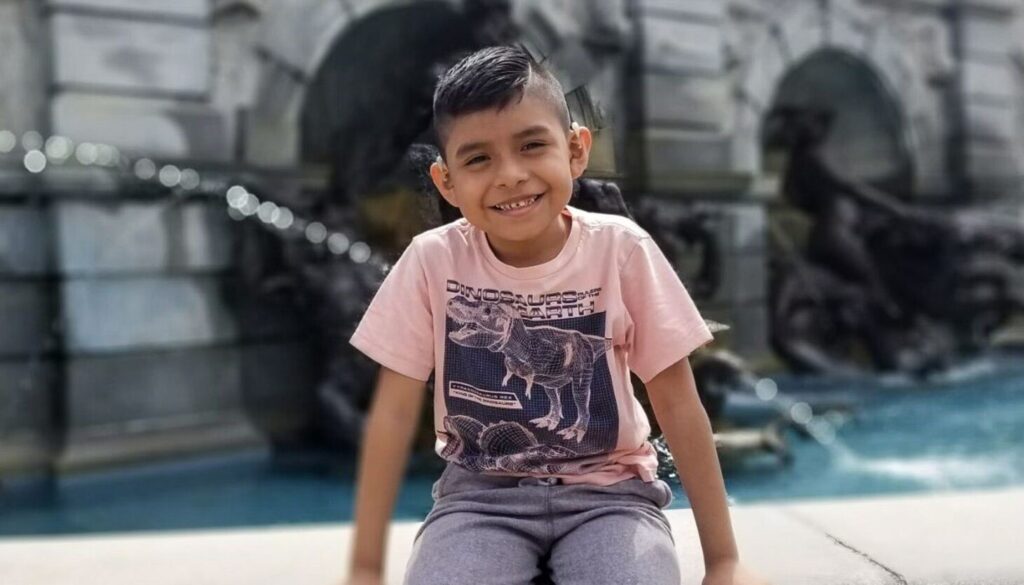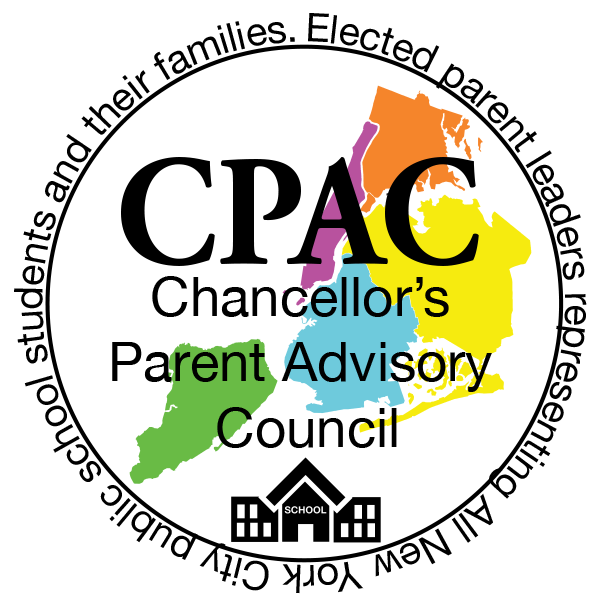
How NYC’s school bus delays help drive chronic absenteeism and missed learning for students with disabilities
By Amanda GeduldMar 15, 2023, 12:15pm EDT

School bus delays help drive chronic absenteeism, parents and advocates say
One morning in late October, 8-year-old Eric Vilchis’s school bus picked him up on Bushwick Avenue at 7:30 a.m. About three and a half hours later, his mother, Araselis Pedrasa, received a phone call from his school: Her son had never arrived.
Panicked, the Brooklyn mom began calling the bus driver and bus attendant. Neither answered their phones.
“We didn’t know where the bus was,” she said in an interview translated from Spanish.
Pedrasa learned later that the bus had never left Brooklyn. A new bus driver had gotten lost and eventually “just shut down and sat there,” said Laura Cruz, the director of pupil personnel services at Eric’s school in Queens, the Lexington School for the Deaf. Cruz reached out to the bus company during the incident.
About 150,000 students in New York City rely on the city’s yellow buses to get to school each day, and 43% of them are students with disabilities. Many of those students are guaranteed bus service in their individualized education programs, or IEPs, legal documents that outline services and accommodations.
Yet parents and caregivers across the city say the long-standing problem of delayed, overcrowded, or missing buses is contributing to chronic absenteeism in schools and causing students to miss out on hours of instruction. They say the problem has only gotten worse amid a major shortage of bus drivers. About 300 yellow school bus driver positions in New York City were unfilled as of December.
Delays were nothing new for Eric. He typically arrives at school around 10:30 a.m., about two and a half hours after the day starts, his school said. But on that October morning, when his bus driver never left Brooklyn, Eric sat on the bus for six hours, arriving at his school at 1:40 p.m., his mother said.
“He had nothing to eat. No water. Nothing,” Pedrasa said.
About 350 school buses in New York City are delayed each day, according to data released by the city in October. In that month, 14,000 school delays were reported, more than any other month since 2017. On average, the buses showed up 41 minutes late.
As of March 1, almost 63,000 school bus delays had been reported for this school year, an average of over 10,000 each month. Of these, the majority were buses for students with special needs, according to public data.
Some parents and advocates believe the bus problems directly contribute to chronic absenteeism in schools — that rate that reached 40% in the 2021-22 school year, according to the department of education. A student is considered chronically absent if they miss 10% or more of school days.
Students with disabilities were significantly more likely to miss school. In Brooklyn, where Eric lives, about half of students with disabilities were chronically absent compared to about a third of their general education peers.
The city says that if a student is absent or late due to a transportation issue, their absence is coded differently in the attendance system to ensure students are not penalized. But absences due to busing issues are still included in citywide chronic absenteeism rates — and the children still miss out on hours worth of instruction.
Janyll Canals, an attorney at Advocates for Children, echoed this point. “Busing does have an impact on chronic absenteeism for students with special needs,” she said.

April Blakely’s 17-year-old son, Josiah, wakes up at 6 a.m. each morning to catch his 7 a.m. school bus, a service mandated by his IEP.
“There were times I waited downstairs until 8, 8:30, 9,” she said. “One morning he was late because they didn’t have a bus. He got picked up at 10,” two hours after his school day officially began. Most days he arrives at school just before 9 a.m., missing out on a hot breakfast and his first period.
Blakely said her son has missed about 11 school days so far this year due to transportation issues.
She tries to take Josiah to school by public transportation but is not always able to. This journey takes about two hours round trip and involves the Long Island Railroad, a subway, and a bus.
Students with disabilities disproportionately affected
The education department contracts with 52 different bus companies. These buses cover around 9,000 routes and pick up 150,000 students. Routes zigzag through the city, grouping students from different neighborhoods and schools all on the same bus.
Eligibility for yellow buses depends on grade level, walking distance, and special accommodations. Once a student reaches seventh grade, they are only eligible for a yellow bus if they have an IEP or other accommodation. While about 20% of all New York City students have IEPs, 43% of all students who receive busing have disabilities.
The city’s website states that students as young as kindergarten, traveling out of borough for school, can legally spend up to 115 minutes on their buses each way. Some students haveIEPs that mandate the maximum amount of time the child is able to spend on a bus for cognitive and medical reasons, and several families say the buses often violate these limits.
At the start of this school year, the Office of Pupil Transportation received 18,000 complaints from families who reported missing or delayed buses and bus routes, according to a report released by the New York City Council.
City officials say they have been working toward a solution, trying to make it easier for people to become bus drivers and creating an app that they say will eventually be able to track all buses and design more efficient routes. In the meantime, they’re paying rideshare apps, like Uber, to take some students to school each morning. Department of education officials were unable to provide data on how many students use the rideshare option or how much money has been spent on these rides so far.
To read more click the link above.
